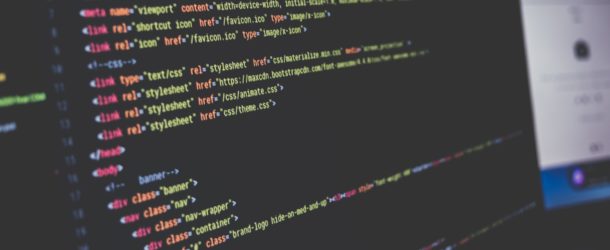Software validation ISO 13485 is a critical tool used to ensure that the realization processes operated by software-automated operations are performing as expected. Software validation is accomplished through a series of activities and tasks that are planned and conducted at various stages of the software development life-cycle and ensures that the software achieve its objectives in relation to its intended use. Software validation should not be confused with any other validation requirements, such as process validation or validation of process outputs.
Software Validation ISO 13485 of the application of computer software
For software validation ISO 13485 the Standard requires that computers or automated data processing systems that are used as part of realization or the QMS shall be validated prior to their initial use or after changes to such software or its relevant application. The manufacturer of the medical device is responsible for ensuring that the software application that is used in the QMS:
- Is validated according to a documented procedure
- Will perform as intended in the chosen application
The manufacturer shall validate this software for its intended use according to a defined process. Computers and automated equipment are used extensively throughout all phases in the life-cycle of the medical device and affect all aspects of the realization of the medical device from the design to laboratory testing and analysis, product inspection and acceptance, production and process control, environmental controls, packaging, labeling, traceability, document control, complaint management, service, and even disposal.
Context and scope of software validation
In the context of clause 4.1.6, the manufacturer of the medical device who uses a software application in its QMS processes is responsible for its validation before the initial use or after changes. Basically, each piece of software that is used in the QMS, whether it is developed in-house by the device manufacturer, developed by a contractor, or purchased as an off-the-shelf system, is included under these requirements. But if you decide not to use all the functions of the software, you will need only to validate those functions that are used in the realization processes. So, if you are manufacturing a medical device but not providing service activities, but your ERP system has a service module, you are definitely not required to validate this module. In my book I review all the types of software that must be validated.
Other topics that are covered in chapter 4.1.6 – Validation of Software applications for the quality management system:
- Principles of software validation
- Goals and objectives of software validation
- Responsibility for software validation
- Validation prior to initial use of after change
- Validation of purchased standard software
- Method for validation
- Design reviews
- Creating procedures for the validation of the application of computer software
- A documented procedure
- Developing a validation plan
- Defining the validation criteria
- Validation after changes in the software
- Proportionate validation to risk analysis
- Installation Qualification, Operation Qualification, and Performance Qualification
This webpage contains only a fragment of the chapter 4 – Quality management system from the book:ISO 13485:2016: A Complete Guide to Quality Management in the Medical Device Industry, Second Edition published by:


Comments are closed.